From The Tenth Amendment Cernter and Liberty Pulse:
Building a Tool Kit for Resistance
by Steve Palmer, Pennsylvania Tenth Amendment Center
Introduction
The Tenth Amendment Center’s numerous national, state and local web sites have written voluminously about the principles of ’98, when the Kentucky and Virginia Resolutions laid down a framework for nullification and interposition by the states. Additionally, we have often referenced Thomas Woods’ Nullification: How to Resist Federal Tyranny in the 21st Century. Barrels upon barrels of physical and virtual ink have been spent justifying the idea that was, once upon a time, common knowledge. Augustine of Hippo said,
“an unjust law is no law at all”.
And John Locke said,
“”Whenever the legislators endeavor to take away and destroy the property of the people, or to reduce them to slavery under arbitrary power, they put themselves into a state of war with the people, who are thereupon absolved from any further obedience”
This shouldn’t be controversial. The fact that it is controversial only shows how reckless our society has become towards the defense of Liberty. As if we could trust a far off city of elites to safeguard our precious Liberty for us! Do we really need yet another lengthy argument to demonstrate that the obvious is true, that Martin Luther King, Jr. was correct when he said,
“Freedom is never voluntarily given by the oppressor; it must be demanded by the oppressed.”
Centuries of philosophers from Ancient Greece until the American Civil Rights movement have all reached the same inescapable conclusion, as (reportedly) said by Thomas Jefferson,
“When injustice becomes law, resistance becomes duty”
I say the shoe is on the other foot. If someone wants to attempt to dispute centuries, even millenia of Western thinkers, the burden of proof is theirs, not ours! So let us now look at modern America taking the obvious to be fact and look at tactics, strategies and goals of resistance through the prism of some historical events.
Alien And Sedition Acts
First, the Alien and Sedition Acts – these are the acts which prompted the Kentucky and Virginia Resolutions in 1798. Interestingly, although these acts led to the resolutions which establish the theoretical basis for nullification and interposition, the ultimate remedy to these acts came when the people changed the power-brokers in Washington, DC and the acts were repealed in 1802. As earlyamerica.com says,
Indeed, public opposition to the Alien and Sedition Acts was so great that they were in part responsible for the election of Thomas Jefferson, a Republican, to the presidency in 1800. Once in office, Jefferson pardoned all those convicted under the Sedition Act, while Congress restored all fines paid with interest.
Whiskey Rebellion
Around the same time, as we covered previously, was the Whiskey Rebellion. According to the National Park Service,
“The Whiskey Rebellion took place throughout the western frontier. There was not one state south of New York whose western counties did not protest the new excise with some sort of violence.”
And Murray Rothbard writes,
Rather than the whiskey tax rebellion being localized and swiftly put down, the true story turns out to be very different. The entire American back-country was gripped by a non-violent, civil disobedient refusal to pay the hated tax on whiskey. No local juries could be found to convict tax delinquents. The Whiskey Rebellion was actually widespread and successful, for it eventually forced the federal government to repeal the excise tax.
The unpopular whiskey tax was repealed in 1802 and its end was overseen by Albert Gallatin, a man who had been arrested as a whiskey rebel in 1794. The resistance tactics we see in play from the whiskey rebellion are 1.) civil disobedience; 2.) jury nullification; and 3.) voters responding to an unpopular tax by changing the power-base in Washington, DC.
Fugitive Slave Laws, the Underground Railroad and Personal Freedom Laws
From the signing of the Constitution until the Civil War, the people, the states and the federal government were in continuous competition about slavery and freedom for blacks. We’ve written about Pennsylvania’s role in that contest, here. In short, many of the northern states used various degrees of nullification and interposition to protect the freedom of escaped slaves inside of their boundaries. Additionally, many citizens, north and south, participated in the underground railroad, helping escapees find their way north. The ultimate remedy to this injustice came in the form of a Constitutional Amendment, which resulted from the Civil War. As with the whiskey rebellion, we see multiple forms of resistance to the injustice of slavery. These included 1.) civil disobedience; 2.) jury nullification; 3.) nullification and interposition by the states and 4.) war (yes, there were other, probably more influential, reasons for the war, but it is also true that many who fought and died in that war were motivated by the issue of slavery).
Agricultural Adjustment Act of 1938
In 1938, in violation of the clear language of the Constitution, congress set limits on how much grain a farmer may grow on his own farm, even if it never leaves his property. Ohio farmer Roscoe Filburn challenged this limit in the precedent setting case, Wickard vs. Filburn, but unsurprisingly, the federal government found in favor of the federal government (and “big Agriculture”) against that Ohio farmer. Pennsylvania’s own Joseph Blattner also challenged this limit and lost. It is noteworthy that I have found no record of either Ohio or Pennsylvania governments making any effort to defend their besieged citizens. The only tactic of resistance attempted by anyone was the courageous, but futile, act of two individual citizens attempting to go mano a mano with the federal government in the federal government’s own courts. To date, there has been no remedy to these injustices. In fact, the scope of the Constitutional power grab has continued to grow.
Jim Crow and Civil Rights
I have to admit to a glaring lack of knowledge on these events, and I don’t have time to research them for this essay, so I’ll only mention that the tactics of resistance included civil disobedience and organizing to influence national elections.
Real ID, Medical Marijuana and Modern Nullification
Two of the most successful nullification initiatives have been nullification of the federal Real ID and Medical Marijuana laws. At this time, fourteen states are nullifying federal laws against medical marijuana use and twenty-five states are nullifying the Real ID act. The thing to remember, however, is that nullification is a tactic, or a tool. It is not a goal. Does anyone doubt that if a massive terrorist attack takes place, the state support for nullifying the Real ID act will dry up? Likewise, nullification of medical marijuana laws is only good for as long as a state can maintain internal support. It may not be permanent. If the federal law stays on the books, it is likely only a matter of time before the state’s will to resist is exhausted. The states need help in the form of “voter revolt”, jury nullification and possibly civil disobedience (depending upon the abuse) in order to achieve a permanent remedy, usually in the form of repeal.
Conclusion
“Should the general government in any of its departments violate the provisions of the constitution, it rests with the states, and with the people, to apply suitable remedies.”, Pennsylvania General Assembly, 1811
We have seen that resistance to injustice has been a part of American civic life since the ratification of the Constitution. We have seen a number of tactics which can be employed and we have seen that resistance has been most effective when a combination of tactics have been employed. These tactics have included civil disobedience, jury nullification, state nullification and interposition and “voter revolt”.
Hopefully, this article made it clear that tactics are not goals. The tactics of resistance are used, continuously, until the goals of resistance are met. In most historical cases, the goal has been the repeal of an unconstitutional federal law. Occaisonally, the goal has been a Constitutional Amendment.
An interesting new tool has also been proposed, the repeal amendment. In the highly unlikely event that an Article V convention is called and this amendment makes it through the convention unchanged and it finally gets ratified by 3/4 of the states, the amendment would allow a 2/3 majority of the states to demand repeal of a federal law. The Tenth Amendment Center has posted on this amendment here and here. One opinion of mine is that this represents another tactic which could be usefully added to our resistance tool kit, as long as it is clearly understood to be an addition, not a replacement. Another opinion of mine is that this will never ever ever ever (ever!) get ratified by 3/4 of the states, so it’s not worth spending much time thinking about it.
Steve Palmer [send him email] is the State Chapter Coordinator for the Pennsylvania Tenth Amendment Center.
Sunday, December 19, 2010
Subscribe to:
Post Comments (Atom)
.gif)



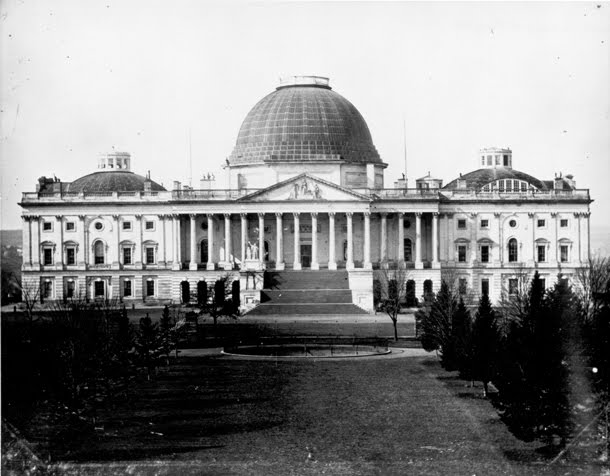









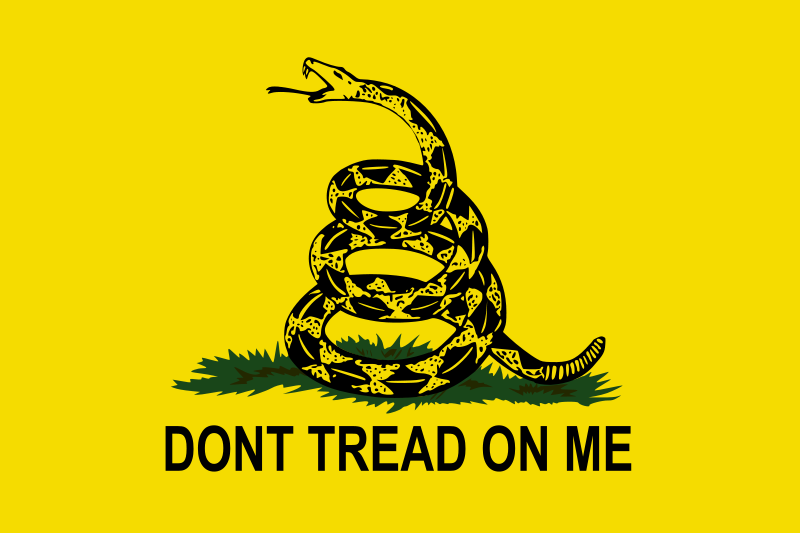
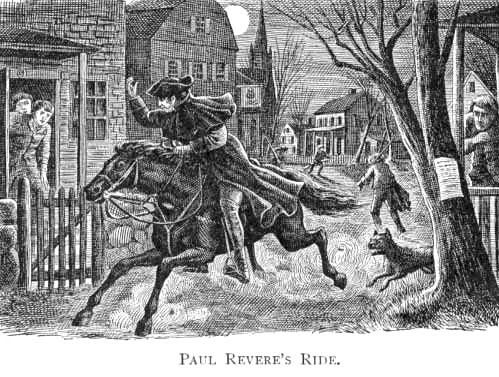

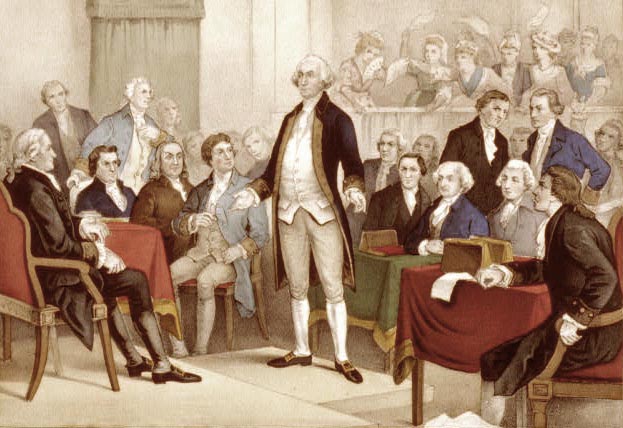

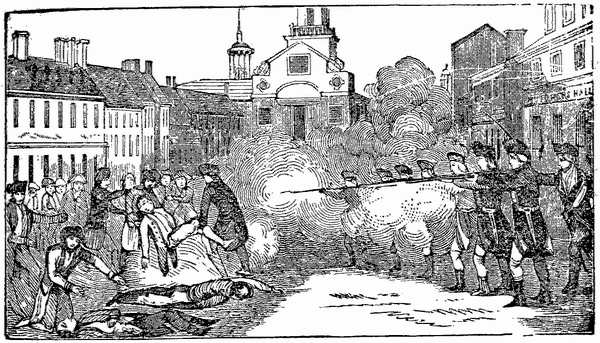

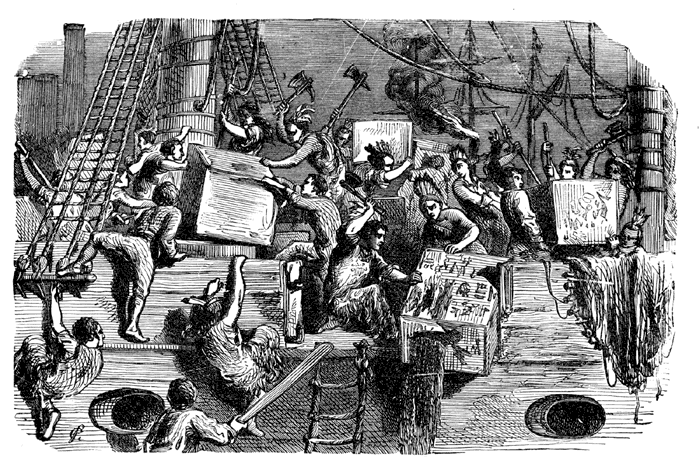




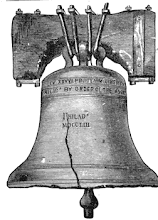




No comments:
Post a Comment